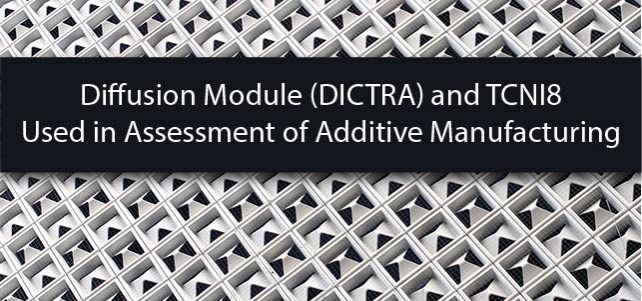The paper was written by Trevor Kellera, Greta Lindwalla, Supriyo Ghosha, Li Maa, Brandon M. Lanec, Fan Zhangd, Ursula R. Kattnera, Eric A. Lassa, Jarred C. Heigelc, Yaakov Idella, Maureen E. Williamsa, Andrew J. Allend, Jonathan E. Guyera and Lyle E. Levinea.
Abstract
Numerical simulations are used in this work to investigate aspects of microstructure and microsegregation during rapid solidification of a Ni-based superalloy in a laser powder bed fusion additive manufacturing process. Thermal modeling by finite element analysis simulates the laser melt pool, with surface temperatures in agreement with in situ thermographic measurements on Inconel 625. Geometric and thermal features of the simulated melt pools are extracted and used in subsequent mesoscale simulations. Solidification in the melt pool is simulated on two length scales. For the multicomponent alloy Inconel 625, microsegregation between dendrite arms is calculated using the Scheil-Gulliver solidification model and DICTRA software. Phase-field simulations, using Ni–Nb as a binary analogue to Inconel 625, produced microstructures with primary cellular/dendritic arm spacings in agreement with measured spacings in experimentally observed microstructures and a lesser extent of microsegregation than predicted by DICTRA simulations. The composition profiles are used to compare thermodynamic driving forces for nucleation against experimentally observed precipitates identified by electron and X-ray diffraction analyses. Our analysis lists the precipitates that may form from FCC phase of enriched interdendritic compositions and compares these against experimentally observed phases from 1 h heat treatments at two temperatures: stress relief at 1143 K (870° C) or homogenization at 1423 K (1150° C).

